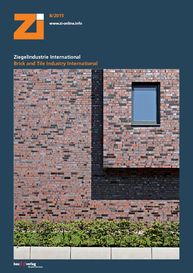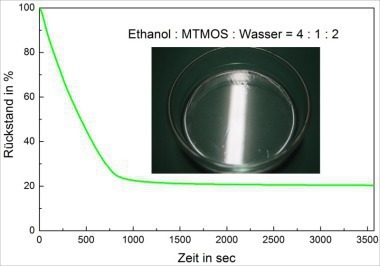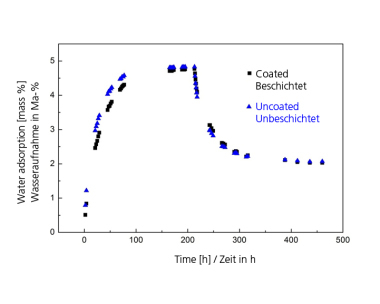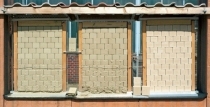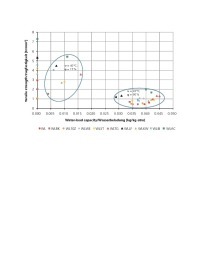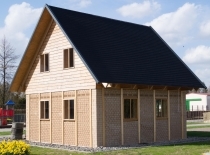Sol-Gel process for energy efficient heavy clay products
Adobe bricks and loam rendering are exceptionally ecological and economical products for use in the interior finishing of buildings. Their low resistance to liquid water, however, can be problematic. On contact with loam, liquid water causes the clay minerals to swell, and the loam-base products lose their structure and strength. Consequently, they are most unsuitable for use in bathrooms, kitchens and other wet areas.
This paper shows how hydrophobic treatment can protect loam-base building materials against the effects of contact with liquid water while still enabling the diffusion of water vapour.
Dipl.-Ing. (FH) Alexander Winkel M.Sc., Institut für Ziegelforschung Essen e.V.


